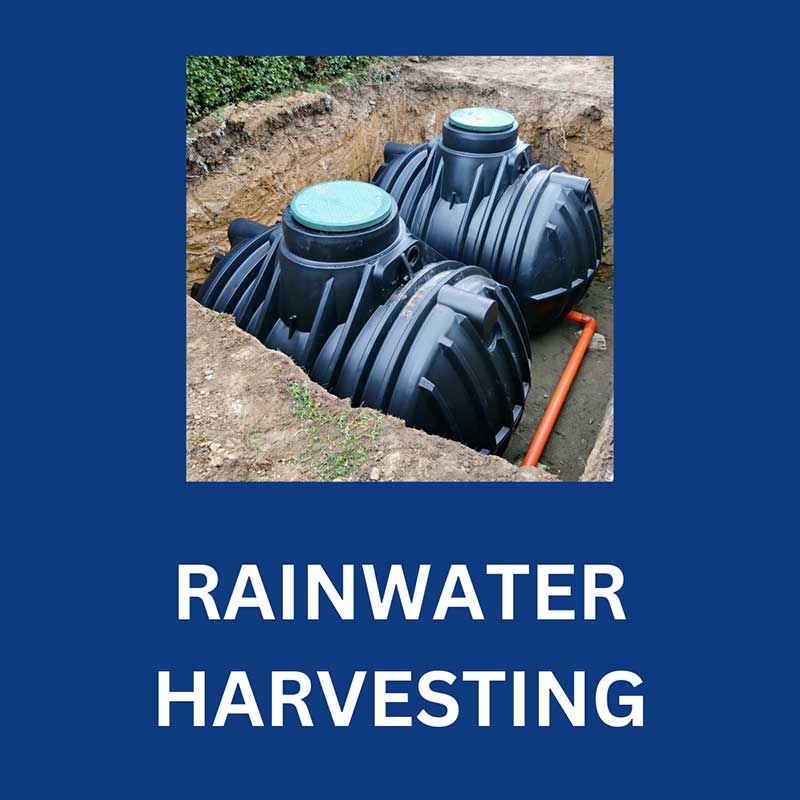
Recently the head of the Environment Agency stated that the UK could face severe water shortages in the next 25 years. Climate change and population growth are going to put a significant strain on our water reserves. The UK’s experiencing hotter summers with less rainfall. By 2050 our population is predicted to increase by 9 million. The result? Less water to go around.
On average a person uses 150 litres of water a day. Ideally, this level must reduce to 100 litres of water per day per person. Considering 63% of household water used for flushing the toilet, washing and bathing it stands to reason that reducing wastewater will push us towards the 100 litres a day target.
We have already spoken about Saving Money On Your Water Bill. By fixing leaks, taking showers instead of baths and installing water saving toilets and showers we can reduce water usage, this is a good start.
Six Water Usage Facts
- All water used in the typical household is good quality drinking water
- On average people drink 2 litres of water a day
- Flushing Toilets uses around 70 litres of water per person per day (low flush toilets reduce this figure to 35 litres)
- Washing machines use approximately 50 litres of water per cycle
- Washing the car can use between 100-300 litres of water
- Keen Gardener? then you’ll use 72 litres of water per square meter per month
As you can see flushing, washing machines, washing the car and watering the garden uses a hell of a lot of drinking water, when in fact rain water would suffice for these tasks.
Rainwater Harvesting is the solution
What Is Rainwater Harvesting?
Rainwater Harvesting is the collection and storage of Rainwater. Rainwater runs down your guttering into a collection and storage tank at ground level, underground or in your loft. Rainwaters filtered as it’s collected to remove debris. Your home’s fed by gravity or the use of pumps, depending on where the tank’s located.
Harvested Rainwater’s used for
- Flushing Toilets
- Washing Machines
- Washing Cars
- Watering The Garden
Common Rainwater Harvesting Questions
Can Harvested Rainwater Be Used For Drinking?
No, Harvested Rainwater’s not suitable for drinking, washing plates/cutlery or dishwashers.
Can Harvested Rainwater Be Used For Showering?
Yes, it can be used safely for showering (although some people are uncomfortable with this)
What happens if you run out of Rainwater?
In the event, you run out of rainwater the mains water supply will come on automatically.
How much do Rainwater Recycling Systems Cost?
A simple waterbutt will cost below £100 although you won’t have the capacity to supply your home you’ll have enough water to wash your car and water a few plants. A typical household Rainwater Recycling System will cost between £2000-£3000
The Future
Over time, the cost of water’s going to rise while the supply’s going to drop. Rainwater Harvesting’s a cost-effective and environmentally friendly solution to this serious problem. Household Rainwater Recycling systems will become more and more prevalent in UK homes as the year’s progress. Maybe it’s time you started considering one?

Hi, I’m Terry, the founder and owner of TM Hughes & Son Gas Services
Please get in touch to book an appointment or receive a free, no-obligation quote
Call – 01245 830075
Email – info@tmhughesandson.uk
